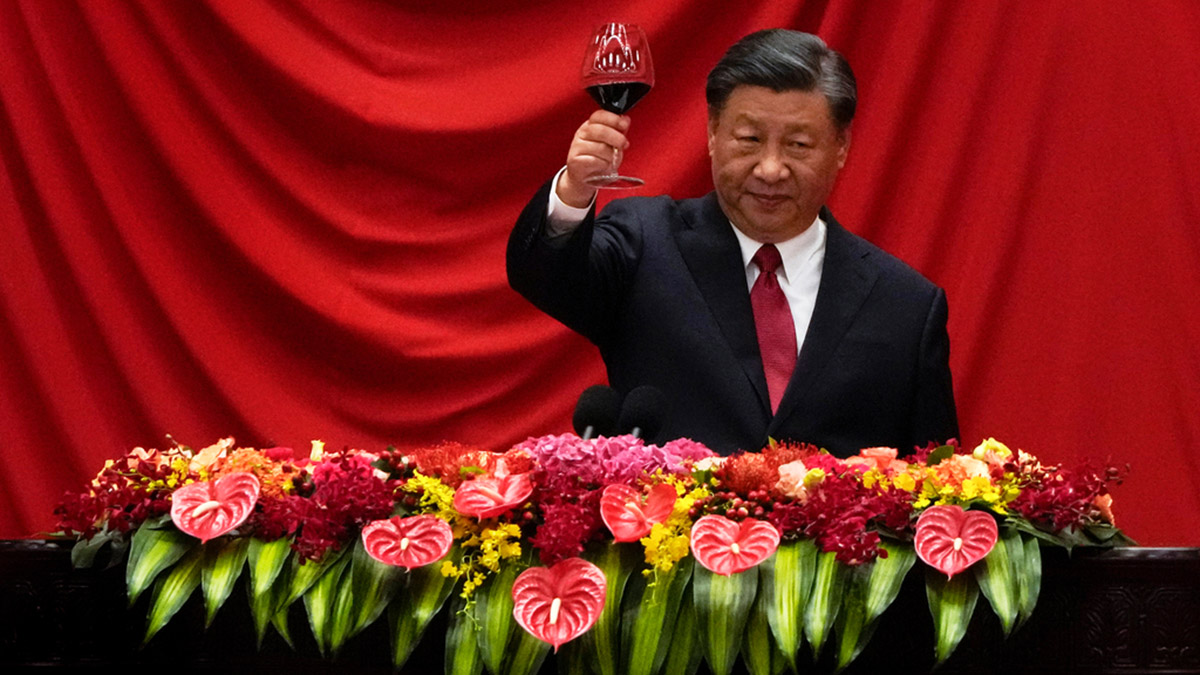The British colonial legacy of “divide and rule” has left a lasting impact on global geopolitics, particularly in regions like South Asia. Now, decades later, China seems to be adopting a similar playbook, aiming to wield influence and power by creating divisions within the region. This strategy, while not new, poses a significant challenge for India and its neighbours.
The concept behind “divide and rule” is straightforward: create internal strife within a community or region, diverting attention away from the colonial or imperialist power and towards internal conflicts. This tactic was effectively employed by the British in India, leading to the fragmentation of society and easier control over the subcontinent.
China’s divide and rule approach
Today, China is following suit, employing similar tactics in South Asia. Recent events indicate a concerted effort by Beijing to build military alliances and offer inducements to India’s neighbouring countries, thereby potentially undermining India’s regional influence.
One notable example is the Maldives, where China recently signed a defense pact, providing arms and training while asking Indian troops to leave. This move not only signals a shift in allegiance but also exemplifies China’s strategic ambitions in the Indian Ocean region.
China’s military diplomacy
Moreover, Chinese military delegations have been making diplomatic visits to countries like Sri Lanka and Nepal, offering military equipment and proposing joint initiatives. These actions raise concerns about China’s intentions and its broader geopolitical agenda in the region.
In Sri Lanka, for instance, joint initiatives focusing on maritime security have been discussed, accompanied by the transfer of military equipment, alluding to closer military cooperation between China and Sri Lanka. Similarly, in Nepal, China is pushing for military procurement and joint military exercises, indicating a deepening military partnership.
Impact Shorts
More ShortsChina’s approach mirrors its dealings with the Maldives, where it provided free military assistance and strengthened cooperation. This consistent strategy of offering incentives, military aid, and fostering closer ties serves to advance China’s interests while potentially fracturing India’s regional alliances.
Challenge for India
For India, this presents a significant challenge. As China expands its influence in South Asia through divide and rule tactics, India must find effective ways to counter these manoeuvers. This requires strategic diplomacy, bolstering alliances and offering viable alternatives to China’s inducements.
In conclusion, China’s adoption of the “divide and rule” strategy in South Asia poses a new challenge for India’s regional interests. By exploiting internal divisions and offering incentives to neighboring countries, China aims to advance its geopolitical agenda at India’s expense. However, with careful planning and proactive measures, India can mitigate the impact of China’s nefarious designs and safeguard its strategic interests in the region.
Views expressed in the above piece are personal and solely that of the author. They do not necessarily reflect Firstpost’s views.
)